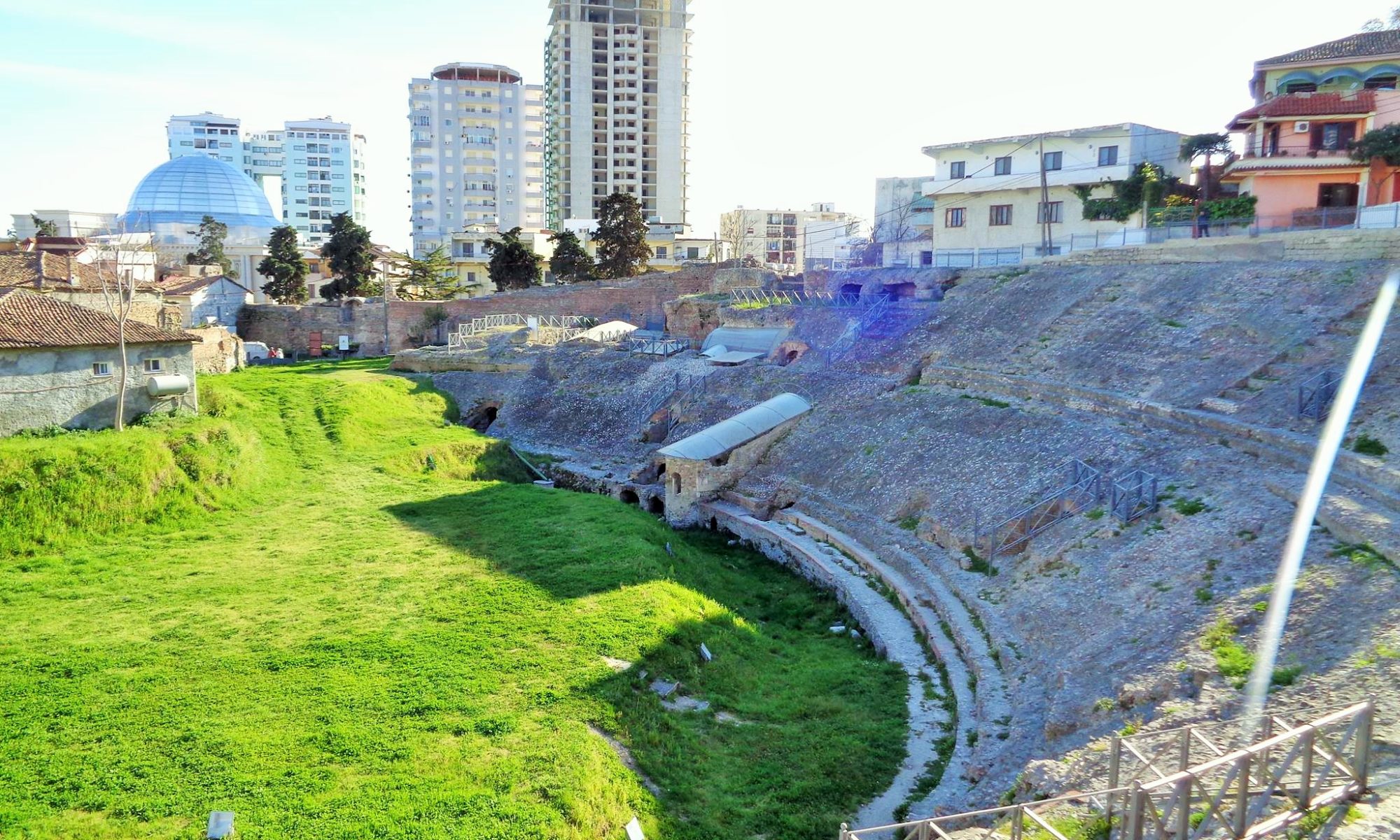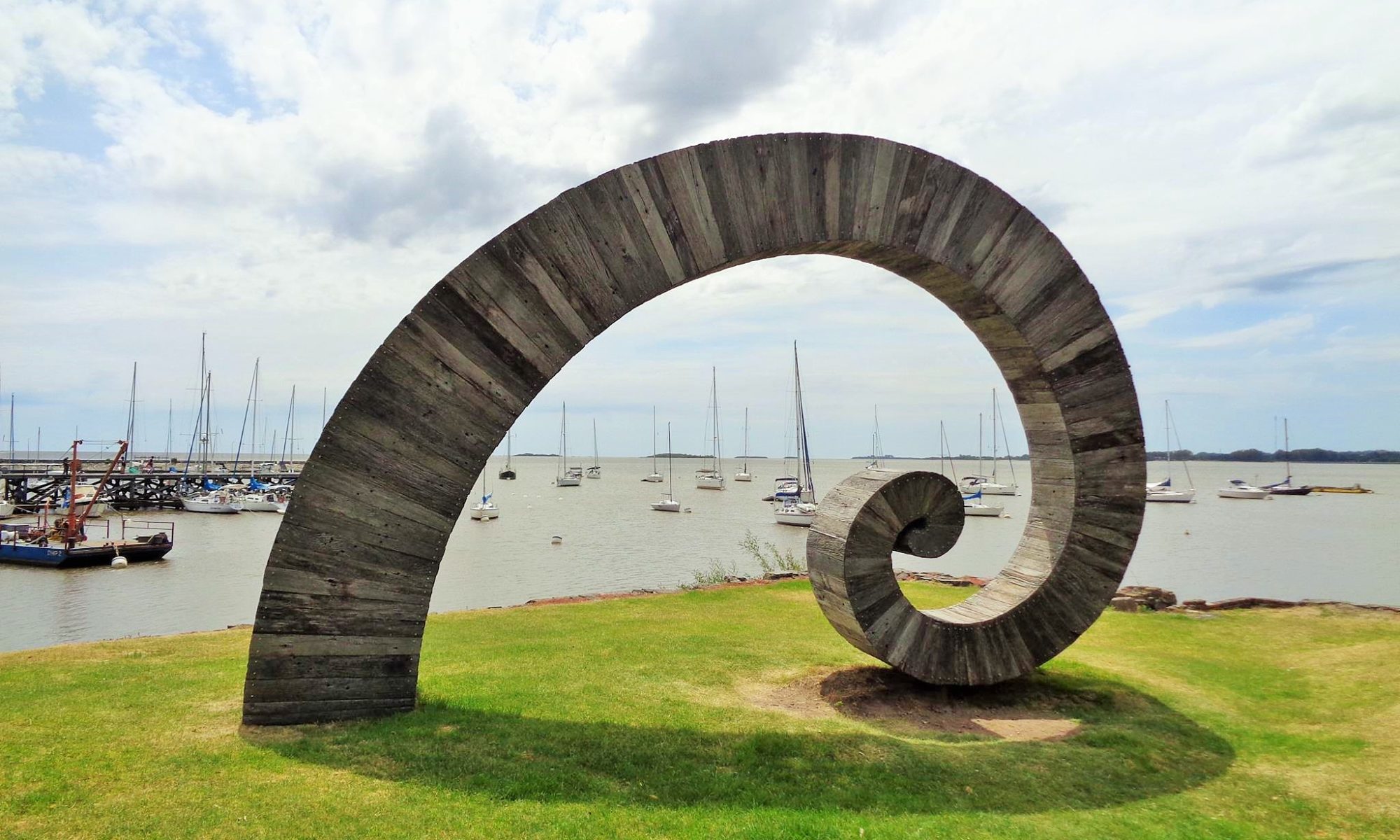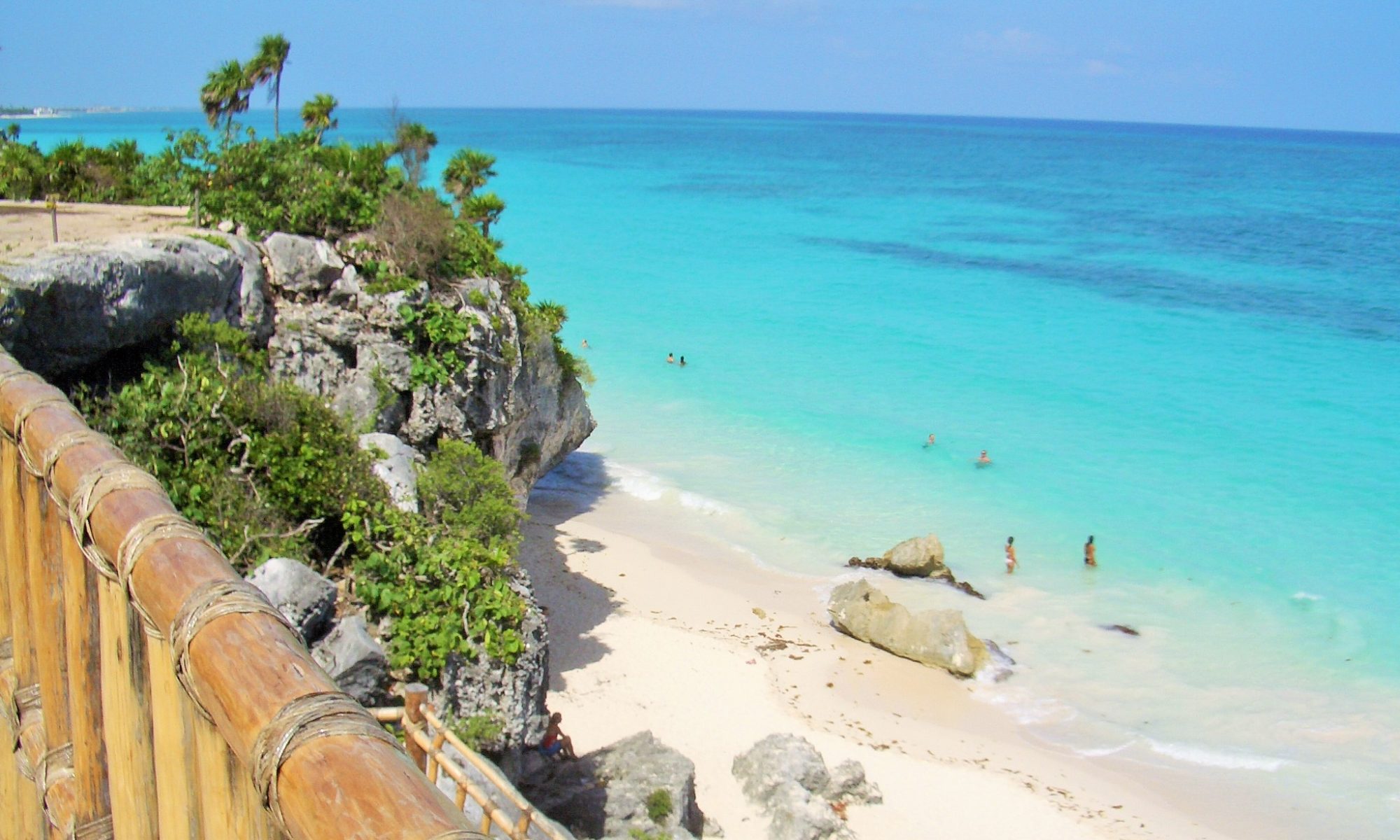The Panama Canal is an artificial, approximately 82-kilometer-long waterway that cuts through the isthmus of Panama in Central America, connecting the Atlantic Ocean with the Pacific Ocean for shipping, saving the journey around Cape Horn or the Strait of Magellan at the southern tip of South America. The canal, opened in 1914, is one of the most important waterways in the world. In 2011 and 2013 they counted about 14,300 ships driving through.
>>> READ MORE










